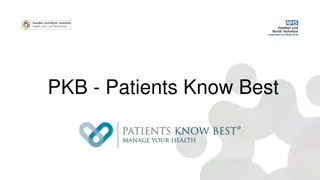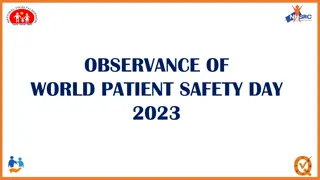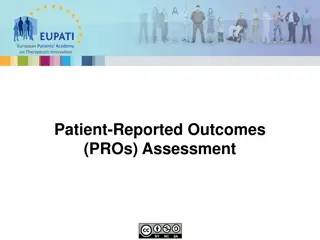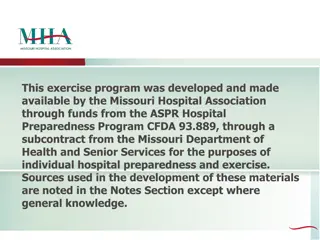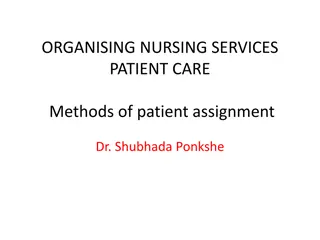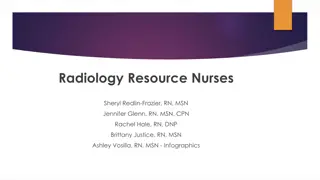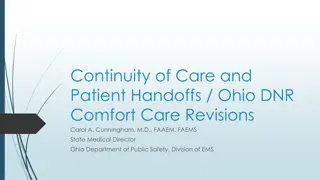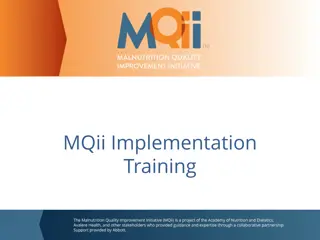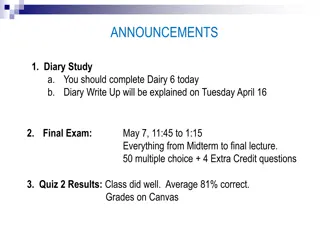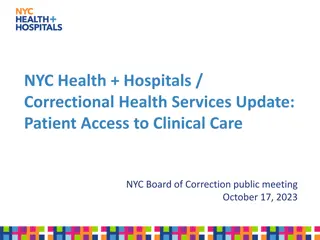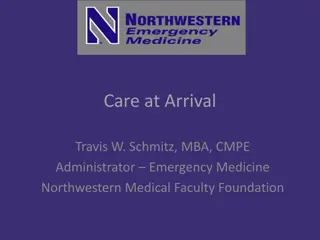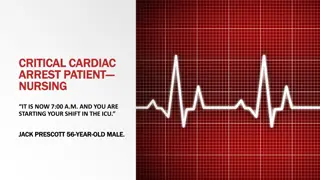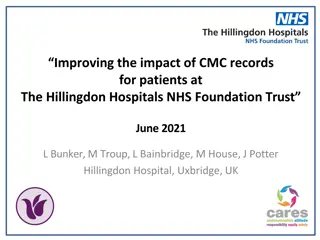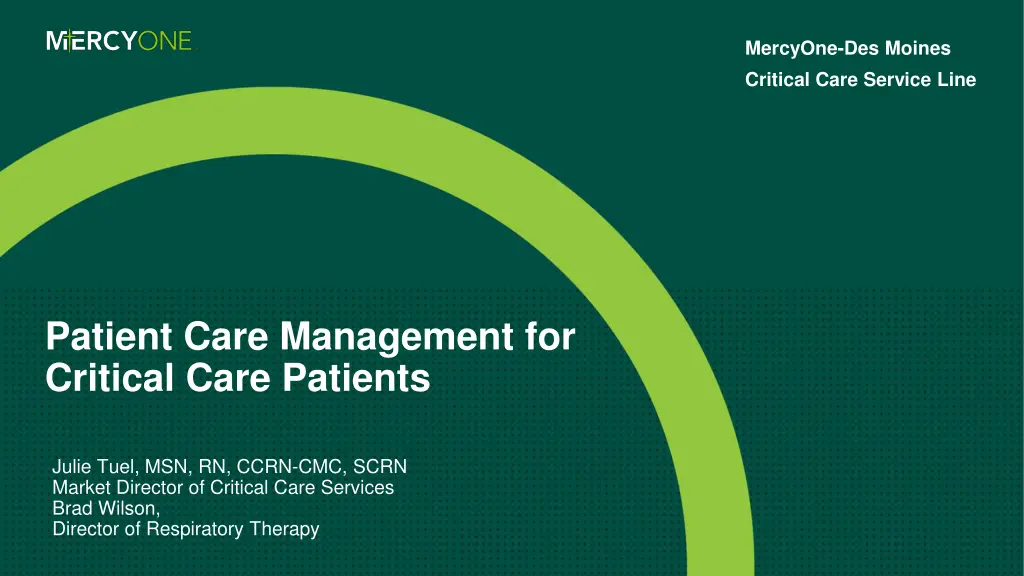
Critical Care Patient Management Guide
Explore comprehensive standards of care for critical care patients, including assessment protocols, interventions, and monitoring guidelines. Learn about key elements such as patient positioning, oral care, blood sugar management, and restraint protocols to ensure optimal patient outcomes in critical care settings.
Uploaded on | 0 Views
Download Presentation

Please find below an Image/Link to download the presentation.
The content on the website is provided AS IS for your information and personal use only. It may not be sold, licensed, or shared on other websites without obtaining consent from the author. If you encounter any issues during the download, it is possible that the publisher has removed the file from their server.
You are allowed to download the files provided on this website for personal or commercial use, subject to the condition that they are used lawfully. All files are the property of their respective owners.
The content on the website is provided AS IS for your information and personal use only. It may not be sold, licensed, or shared on other websites without obtaining consent from the author.
E N D
Presentation Transcript
MercyOne-Des Moines Critical Care Service Line Patient Care Management for Critical Care Patients Julie Tuel, MSN, RN, CCRN-CMC, SCRN Market Director of Critical Care Services Brad Wilson, Director of Respiratory Therapy
Standards of Care for Critical Care Patients ABCDEF bundle A, B, C=Awakening and Breathing Coordination D=Delirium Identification and Management E=Early Mobility F=Family * 2
Standards of Care for Critical Care Patients Full body assessment every 4 hours Vitals every hour If unstable or titrating medications, increase to Q15 minutes Goal MAP 65 or greater Head of Bed at 30 degrees at all times If NPO, oral care every 4 hours and provide oral suctioning as needed Decrease risk of aspiration pneumonia Turn patient every 2 hours Elevate heels Off load weight off coccyx Assess skin every 2 hours for breakdown, deep tissue injury * 3
Standards of Care for Critical Care Patients Blood Sugar Q4 hours Initiate tube feedings within 24 hours of intubation NG Check placement Q4 hours Confirmation via KUB, not auscultation Foley if intubated Pericare every 4 hours GI prophylaxis Pepcid 20 mg BID DVT prophylaxis Lovenox/Heparin SCD stockings Goal BS less than 180 Sliding scale If blood sugar greater than 180 x 2 checks in 24 hours, initiate insulin gtt * 4
Standards of Care for Critical Care Patients Restraints Order must be renewed every 24 hours Restraint checks every 2 hours * 5
ABC Awake and Breathing Coordination Goal for as little time on ventilator as possible Assess for vent weaning trial daily Goal SPO2 90% or greater Covid-okay with sats in the 80s Need to fully allow assess patient * 6
RASS RASS assessment with 2 hours if sedated Goal 0 * 7
CPOT Assess Q4 hours and PRN * 8
Sedation Management No benzos Assess for pain first Manage with Propofol Must have designated IV site for Propofol Gtt is weight based Start gtt at 10 mcg/kg/min and titrate by 5 mcg/kg/min every 5 minutes until goal RASS is reached Titrate as able, less is more For RASS +3 or +4, bolus with 0.2-0.4 mg/kg every 5 minutes, max 2 doses per episode of agitation. For decreased agitation, reduce dose by 5-10 mcg/kg/min every 30 minutes. Attempt dose reduction once every 4 hours with assessment Risk is hypotension, if experienced, wean down gtt and reassess RASS Contraindications: high triglycerides * 9
Delirium Management Assess Q 12 hours * 10
D=Delirium Prevention 2 types: Hyperactive Hypoactive Mixed No approved treatment, prevention is best Maintain day and night environments Nights: Lights off, decrease stimulation Days: lights on Limit sedation as much as possible * 11
Early Mobility Increase mobility as able * 12
F=Family Presence Increase presence Better outcomes for patient and family * 13
Additional Airway Management Resources Airvo/Vapotherm Risk for silent aspiration if flow greater than 40 liters Swallow evaluation, FEES study May need enteral nutrition Proning Non intubated-encourage patient to self prone Intubated-requires at least 4 health care providers (one provider) 16 hours proned and then unprone Reposition head every hour while proned and turn patient every 2 hours * 14
Questions * 15
Thank you * 16


